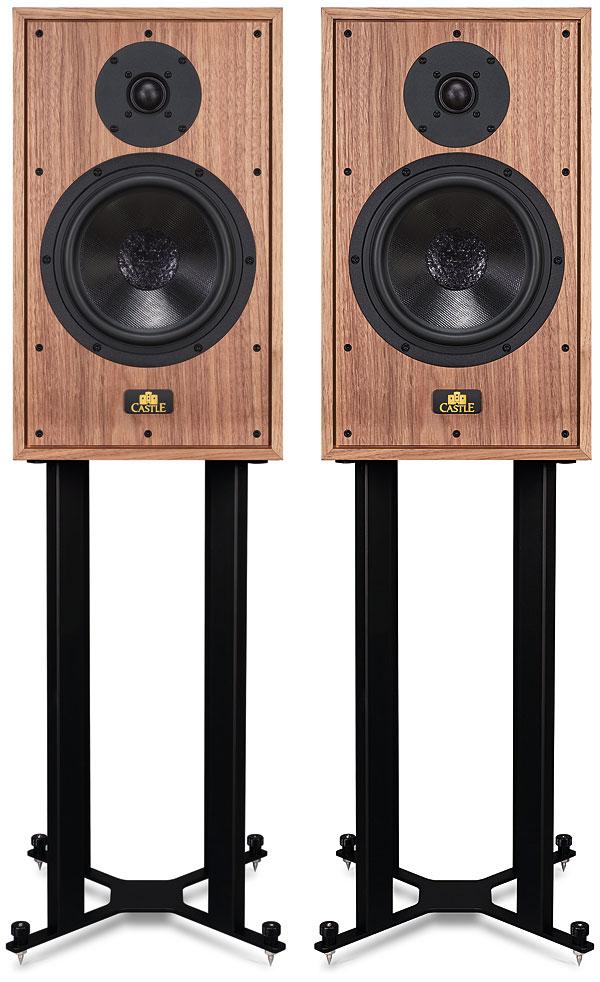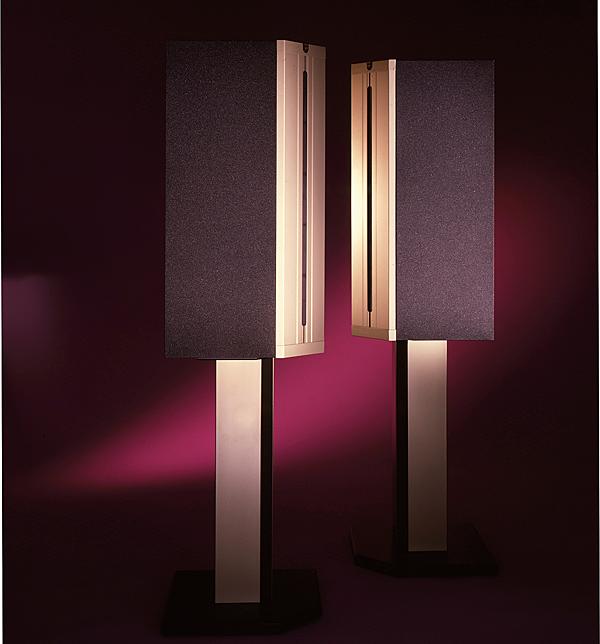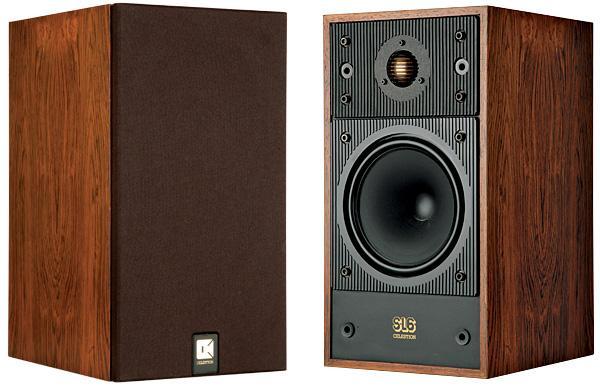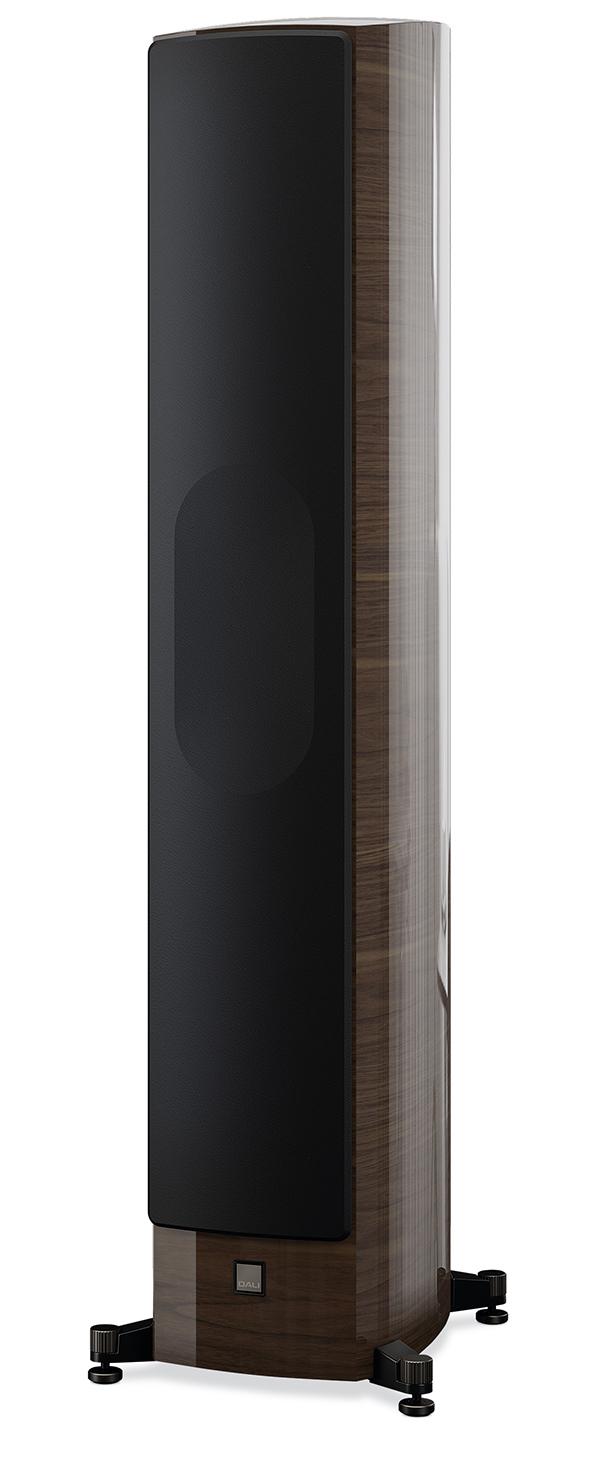Loudspeakers
Sort By: Post DateTitle Publish Date
|
Dec 10, 2024 |
First Published: Jan 01, 2025
|
Nov 21, 2023 |
First Published: Oct 01, 1992
|
Jan 31, 2020 |
First Published: Jan 01, 1990
|
Sep 27, 2019 |
First Published: Feb 01, 1982

 The slimmest of Canton’s new, five-strong Reference floorstanders blends style with established technologies
The slimmest of Canton’s new, five-strong Reference floorstanders blends style with established technologies




 This German institution offers a vast catalogue, including the Reference-inspired Vento range, topped by the 100
This German institution offers a vast catalogue, including the Reference-inspired Vento range, topped by the 100


 This slim design offers the traditional benefits of transmission line bass loading yet manages to overcome the drawbacks, says Martin Colloms
This slim design offers the traditional benefits of transmission line bass loading yet manages to overcome the drawbacks, says Martin Colloms









